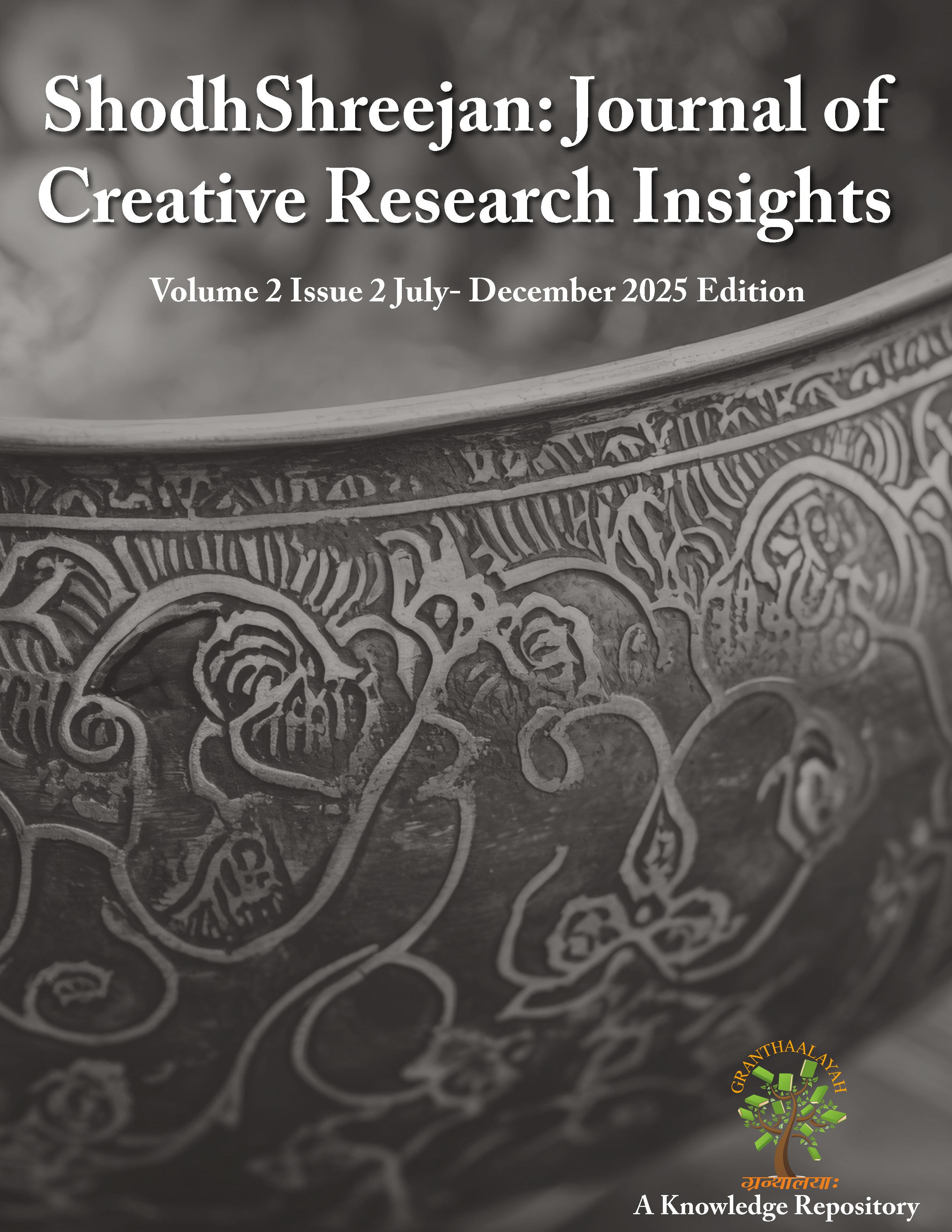UNDERSTANDING HIGH PERFORMANCE BUILDING THROUGH THE INTEGRATION OF RENEWABLE SOLAR ENERGY
DOI:
https://doi.org/10.29121/shodhshreejan.v2.i2.2025.26Keywords:
Solar Energy, High-Performance Buildings, Net-Zero EnergyAbstract [English]
High Performance Building is a future approach for sustainable development, focusing on energy efficiency, reducing carbon footprint, enhancing user comfort, and promoting a self-sufficient system. In the current times, where climate change is a major challenge, shifting to the use of renewable energy, such as solar, is a key element to achieve net-zero energy goals. This paper will study how the integration of solar and wind technology can contribute to the efficiency of buildings, keeping the climate and function in place. Case study – The Edge and CII Sohrabji Green Godrej Business Centre will explore the integration of renewable energy and design strategies with active and passive techniques as architectural approaches. The paper concludes that the integration of renewable energy is a fundamental need for high-performance buildings in urban contexts.
Aim
To study, understand the role and integration of solar energy in achieving high-performance and energy-efficient buildings.
Objectives
1. To study, identify, and define key aspects of high-performance buildings
2. To study the integration of solar energy for building performance
3. To study the building design strategies for applications of renewable energy
4. To analyse a relevant case study using solar technology effectively
References
Commercial Design India. (n.d.). A summary of all the Indian Rating Systems for Green buildings. Retrieved May 15, 2025.
Confederation of Indian Industry (CII). (2025). CII 20 years 8th JAN 2025 Approval [PDF Document]. Indian Green Building Council.
Enphase. (2022). India's Solar Energy Sector: Challenges, Opportunities and the Way Forward.
Federal Ministry for Economic Affairs and Energy. (2021). Germany’s Energy Efficiency strategy 2050.
GBRI. (n.d.). What is the Difference Between Energy Star and LEED?* Retrieved May 15, 2025
Global Alliance for Buildings and Construction (GlobalABC), International Energy Agency (IEA), & United Nations Environment Programme (UNEP). (2020). Globalabc Roadmap for Buildings and Construction 2020–2050: Towards a Zero-Emission, Efficient and Resilient Buildings and Construction Sector.
Jhunjhunwala, G. (2014). Sohrabji Godrej Green Business Centre [Slide presentation]. SlideShare.
JnaneshPreethan. (2023). CII-Sohrabji Godrej Green Business Centre [Slide presentation]. SlideShare.
Li, Z. (2024). Case study: Sustainable Features of The Edge in Amsterdam. ArchInspires.
NEXT IAS. (2024). High Performance Buildings (HPBs).
PLP Architecture. (2015). The Edge / PLP Architecture. ArchDaily.
Rathod, P. (2019). Architectural Appraisal – CII- Sohrabji Godrej Green Business Centre Hyderabad [Slide 3]. The Indian Institute of Architects, Mumbai. Retrieved May 15, 2025.
Rethinking The Future. (n.d.). CII-Sohrabji Godrej Green Business Centre by Karan Grover and Associates – First LEED Platinum Certified Building in India.
State of Green. (2022). Regulating energy efficiency in buildings.
TERI, & GIZ. (2025). Scaling up Building Integrated Photovoltaics (BIPV) applications in India. The Energy and Resources Institute.
TERI. (2025). WSDS 2025: Thematic track on Advancing Building Integrated Photovoltaics (BIPV) manufacturing in India. The Energy and Resources Institute.
Published
Issue
Section
License
Copyright (c) 2025 Harsha Shamnani

This work is licensed under a Creative Commons Attribution 4.0 International License.
With the licence CC-BY, authors retain the copyright, allowing anyone to download, reuse, re-print, modify, distribute, and/or copy their contribution. The work must be properly attributed to its author.
It is not necessary to ask for further permission from the author or journal board.
This journal provides immediate open access to its content on the principle that making research freely available to the public supports a greater global exchange of knowledge.



















